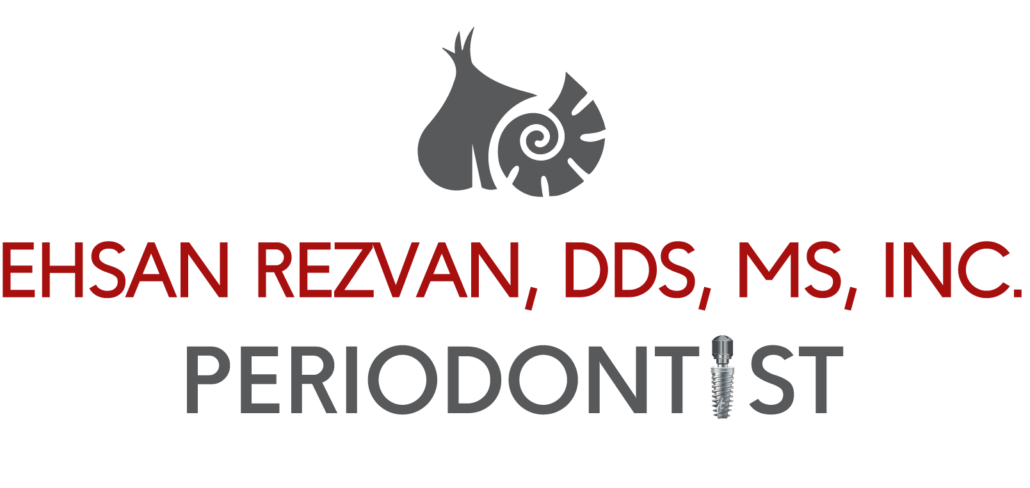We’ve always been told to visit the dentist every sixth months for cleanings and checkups, and maybe even for complex procedures. But if you’re faced with a more problematic periodontal case, such as severe gum disease, visiting a periodontist might be necessary. Periodontology is a specialty within dentistry that deals largely with the root and structure of teeth and the periodontal diseases and conditions that affect them.
These conditions can include oral inflammation, severe gum disease, oral implant maintenance, and more. Following traditional dental school, periodontists spend three additional years studying the latest techniques for diagnosing and treating periodontal disease—such as small surgeries, scaling, root planing (cleaning an infected root), or root surface debridement (removing damaged tissue from the route)—in addition to cosmetic procedures.
Periodontists and dentists work side by side. In the same way that it’s wise to get multiple opinions from different physicians if you’re diagnosed with a potentially life-threatening disease, it’s smart to visit both the periodontitis and the dentist to explore treatment, prevention, and maintenance for oral challenges. If you consult both your general dentist and a periodontist regarding the treatment and prevention of infections in the mouth, they will be able to devise a plan for reversing the condition in a way most effective for you. Your general dentist is likely more familiar with your medical history and previous procedures, which will come in handy when evaluating next steps. Working as a team, both dental professionals can tailor a treatment plan that works best for your individual situation.
If it’s decided that you should see a periodontist, he or she should learn all about your medical and dental history and any medications you’re taking during the first visit. They will also want to know if you have heart disease, diabetes, or are pregnant. After the initial discussion, the periodontist will move on to really get to know your mouth: from the gums, to the overall bite, to the secureness of the teeth within the jaw. The periodontist will also measure the depth between the teeth and the gums using a probe to assess overall gum health. This is also when an x-ray might be taken in order to get a look at the bone below the visible gum line.
The number of patients exhibiting periodontal disease is rising, and so is the need to visit dental professionals for more than just cleanings and checkups. Research shows a clear relationship between periodontal disease and other chronic diseases elsewhere in the body, making preventative measures more necessary than ever. So, get to know your perio! And arm yourself with the preventative measures you need for a healthy mouth.
